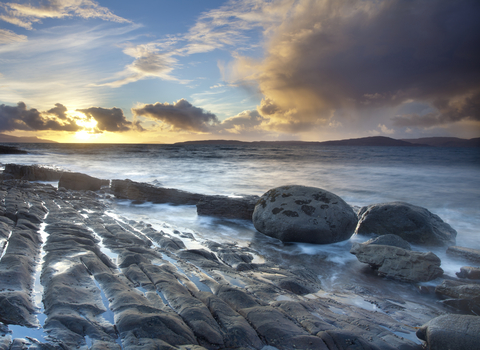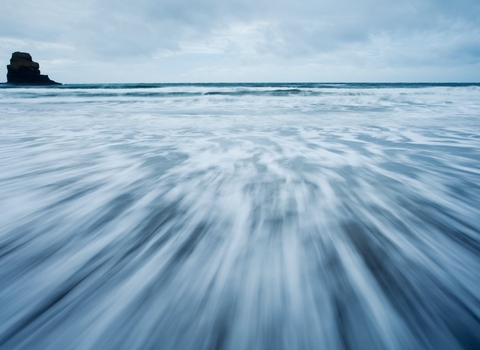Lugworm cast ©Julie Hatcher
Lugworm
Have you ever seen those worm-like mounds on beaches? Those are a sign of lugworms! The worms themselves are very rarely seen except by fishermen who dig them up for bait.
Lugworm cast ©Julie Hatcher

Mark Hamblin/2020VISION
Memberships help us campaign for better protection and management of our seas.
Receive our monthly newsletter packed with marine conservation news from around the world!

Mark Hamblin/2020VISION
Plastic-strewn beaches, fisheries on the verge of collapse and the ever growing effects of global climate change.